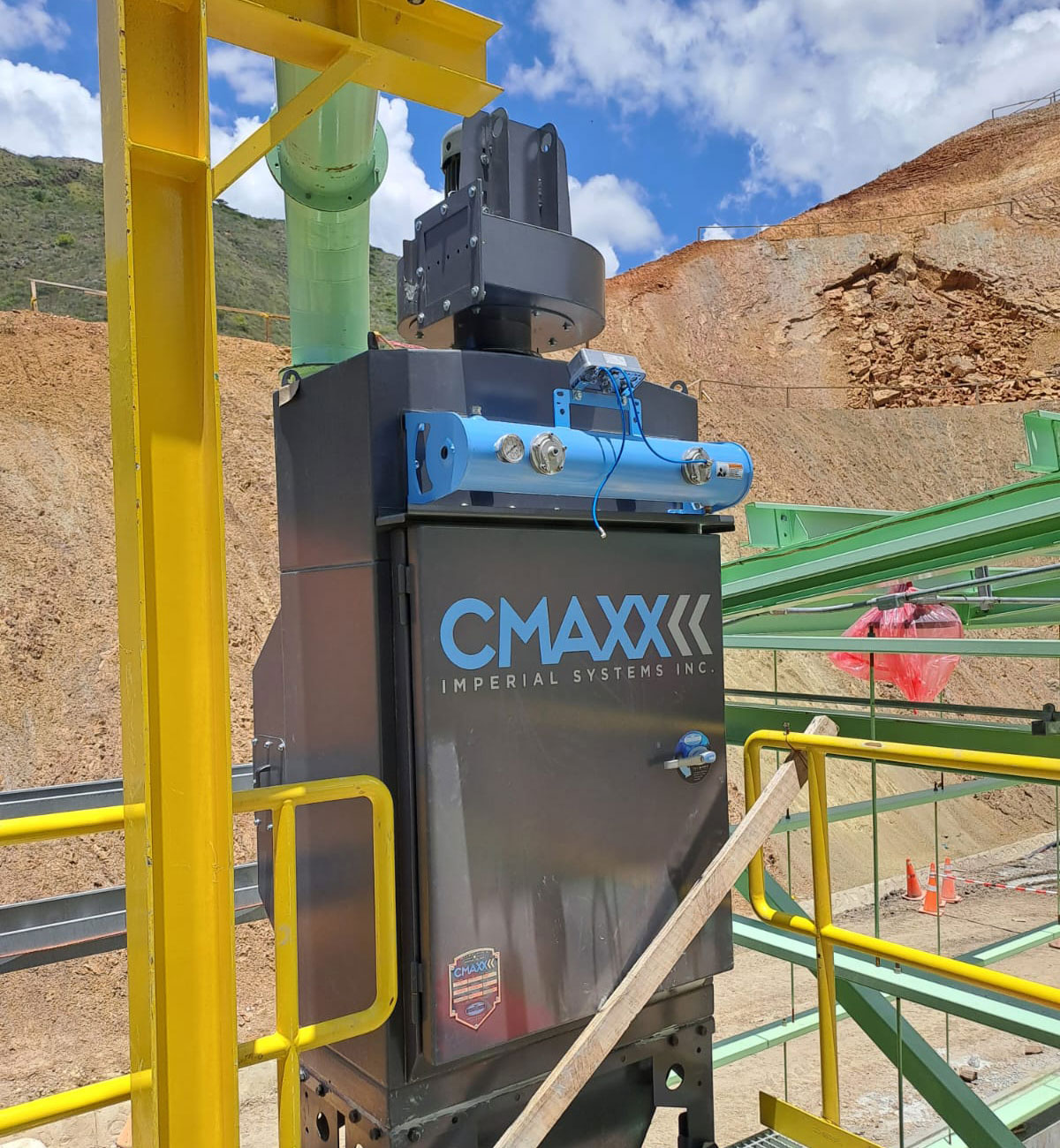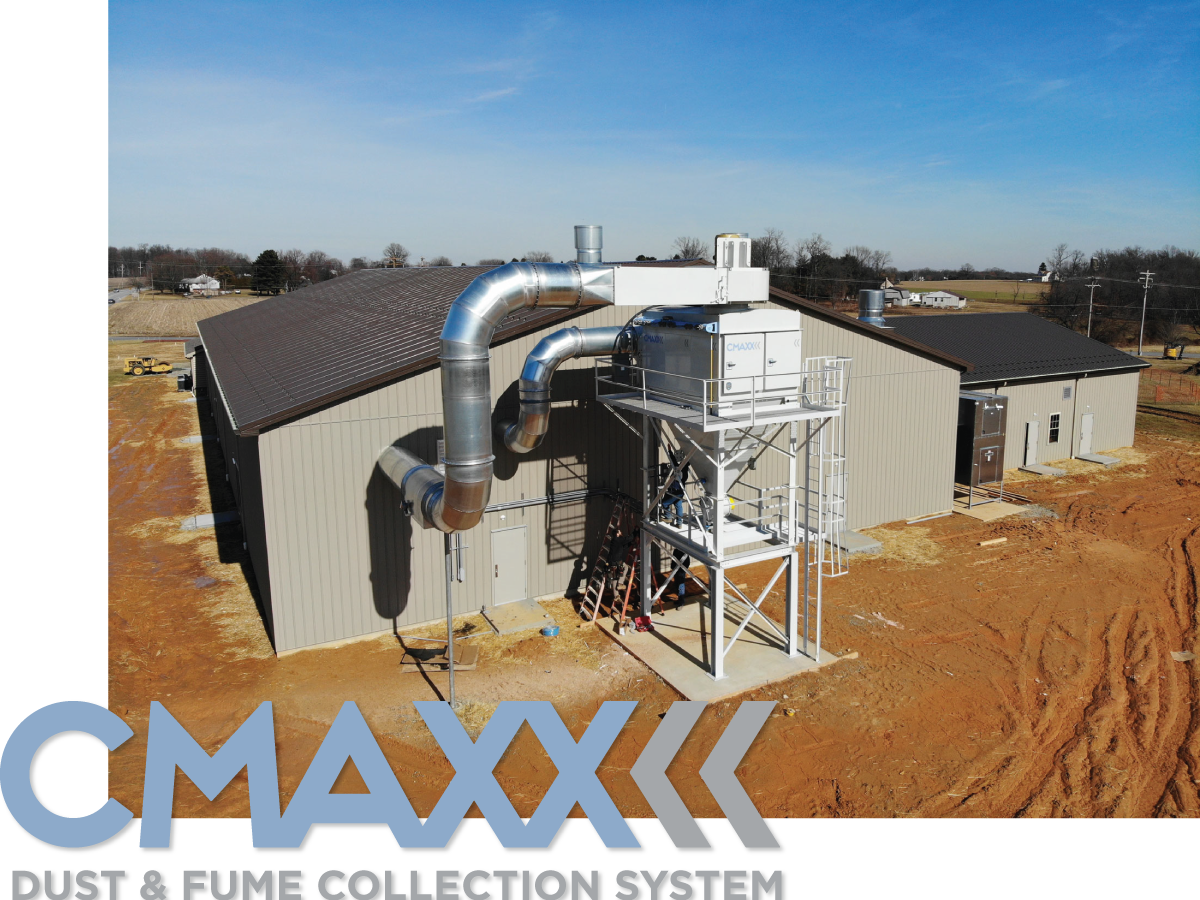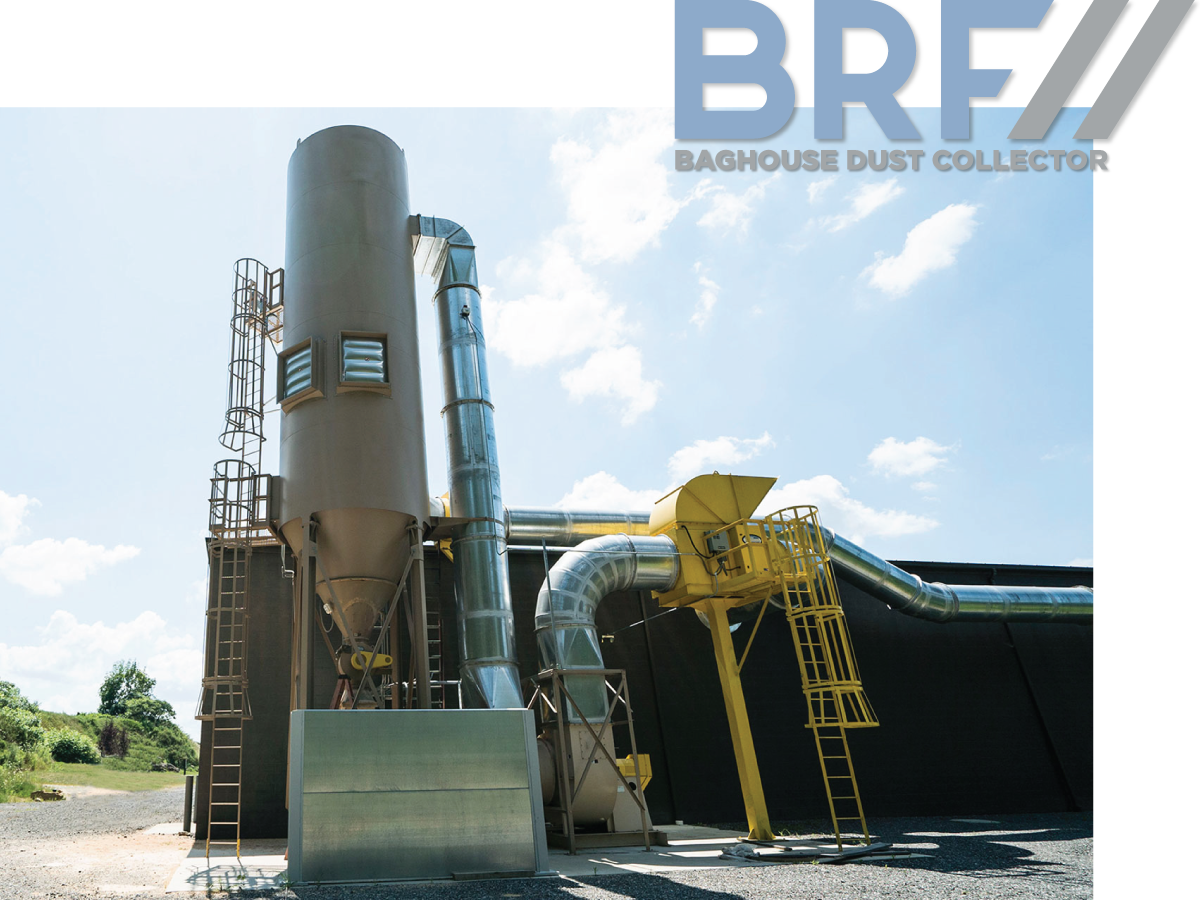Mining Dust Collection
Mining operations generate a significant amount of dust that can pose serious health and safety risks to workers, as well as environmental concerns. Hazardous dusts, such as silica, coal, asbestos, lead, and mercury, can cause respiratory problems and other health issues. Therefore, it is crucial for mining companies to implement effective dust collection systems to control and minimize dust emissions.
DIFFERENT TYPES OF MINING
The goal of any type of mining is to extract minerals or any other valuable geological material from the earth. There are many different ways to mine.
- Surface mining typically involves removing overlying soil and rock layers to uncover the valuable material. There are a few different types of surface mining, including open-pit mining, strip mining, and mountaintop removal mining.
- Underground mining is a technique that uses the construction of a network of tunnels to access and extract the minerals.
- Placer mining uses water and gravity separation techniques, and is typically used near bodies of water.

Is the need for mining increasing?
The need for mining is increasing as demand for minerals and resources continues to grow with the expanding global population and increasing industrialization. Mining is crucial for the production of various goods and materials, including construction materials, metals, electronics, and energy sources such as coal, oil, and natural gas. However, it is important for mining operations to prioritize environmental and worker safety considerations, including proper dust collection and mitigation measures, to minimize negative impacts on surrounding communities and ecosystems.
What makes dust from mining dangerous?
Mining operations can generate a variety of hazardous dusts that must be collected to ensure worker safety and prevent environmental pollution. Some of the most common types of hazardous dusts generated in mining include:
- Silica dust: Silica dust is a fine particulate matter that can be released during activities such as drilling, blasting, and crushing rocks and minerals. Exposure to silica dust can cause lung cancer, silicosis, and other respiratory diseases.
- Coal dust: Coal dust is generated during mining, transportation, and processing of coal. It can cause lung diseases such as black lung disease, emphysema, and chronic bronchitis.
- Asbestos: Asbestos is a fibrous mineral that was commonly used in construction materials before its health hazards were discovered. Exposure to asbestos can cause lung cancer, mesothelioma, and other respiratory diseases.
- Lead: Lead is a toxic metal that can be released during mining and processing of certain ores. Exposure to lead can cause neurological damage, anemia, and other health problems.
- Mercury: Mercury is a toxic metal that can be released during mining and processing of gold and other metals. Exposure to mercury can cause neurological damage, kidney damage, and other health problems.

Are dusts from mining combustible?
Dusts generated from mining may also be combustible, depending on the type of dust and the conditions under which it is generated and handled.
Some types of dust generated from mining, such as coal dust, can be highly combustible and pose a significant fire and explosion hazard if not properly controlled and managed. Other types of dusts, such as metal dusts, can also be combustible under certain conditions.
To prevent fires and explosions caused by combustible dusts, mining operations must implement effective dust control measures, including proper ventilation, dust suppression, and the use of explosion-proof equipment in areas where combustible dusts may be present. Mining companies must also follow relevant safety regulations and standards to minimize the risks associated with combustible dusts.
Cyclone
If your mining application produces larger chunks of debris as well as finer dust, a cyclone might be helpful. The purpose of a cyclone is essentially to sort the larger material before it enters the cartridge or baghouse unit. A cyclone will drop out the heavier material and allow the finer dust to continue on to the dust collector.
Chemical Isolation System
A rapid discharge of a chemical explosion suppressant prevents the flame from continuing to other ares of your dust collection system. This is best used when explosion venting is not an option.
Spark Trap
A Spark Trap creates a tortuous path that slows sparks and embers down and causes them to loose heat. This prevents sparks from entering the dust collector and creating a fire. Spark Traps are recommended by NFPA as part of a complete fire prevention system.
Rhino Drum
The Rhino Drum Explosion Tested Drum Kit is a cost efficient alternative to a rotary airlock, and can withstand an explosion up to 7 psi. With a tool free design and no moving parts, the Rhino Drum can be quickly emptied for easier maintenance.
Abort Gate
An Abort Gate is typically situated on the return air side of the dust collector and diverts clean air, sparks, and fumes. An Abort Gate can also be trigged by a spark detector or broken bag detector, preventing harmful material like fire and smoke from entering the building.
Explosion Venting
Explosion venting allows a flame front and pressure wave to escape from within a collector and dissipate into the atmosphere. Explosion vents include a burst indicator that alert in the event of a deflagration.
Explosion Isolation Valve
This system is installed on the ductwork and detects any sparks that are present in the duct. Once detected, sparks are extinguished downstream before they can continue on and cause further damage to equipment or reenter the facility.
Airlock
Our Airlocks maintain a consistent seal at the outlet of the dust collector while allowing material to continuously pass through. This seal also allows discarded material to be properly discharged, and prevents it from returning to the dust collector.
Hoods
Dust collection hoods are commonly used in mining applications to capture and contain dust at the source, such as during drilling, blasting, or crushing operations. These hoods can be designed to fit over equipment or work areas, and can be connected to a dust collection system to remove dust particles before they become airborne.
Don’t miss this episode of the Dusty Jobs Podcast!
In this episode, Tomm Frungillo, our director of sales and marketing discusses his experience designed dust collection solutions for the mining industry. He talks about the operation of open pit mines, and how they handle hazardous dusts. Watch on YouTube or find us on your favorite podcast app.

